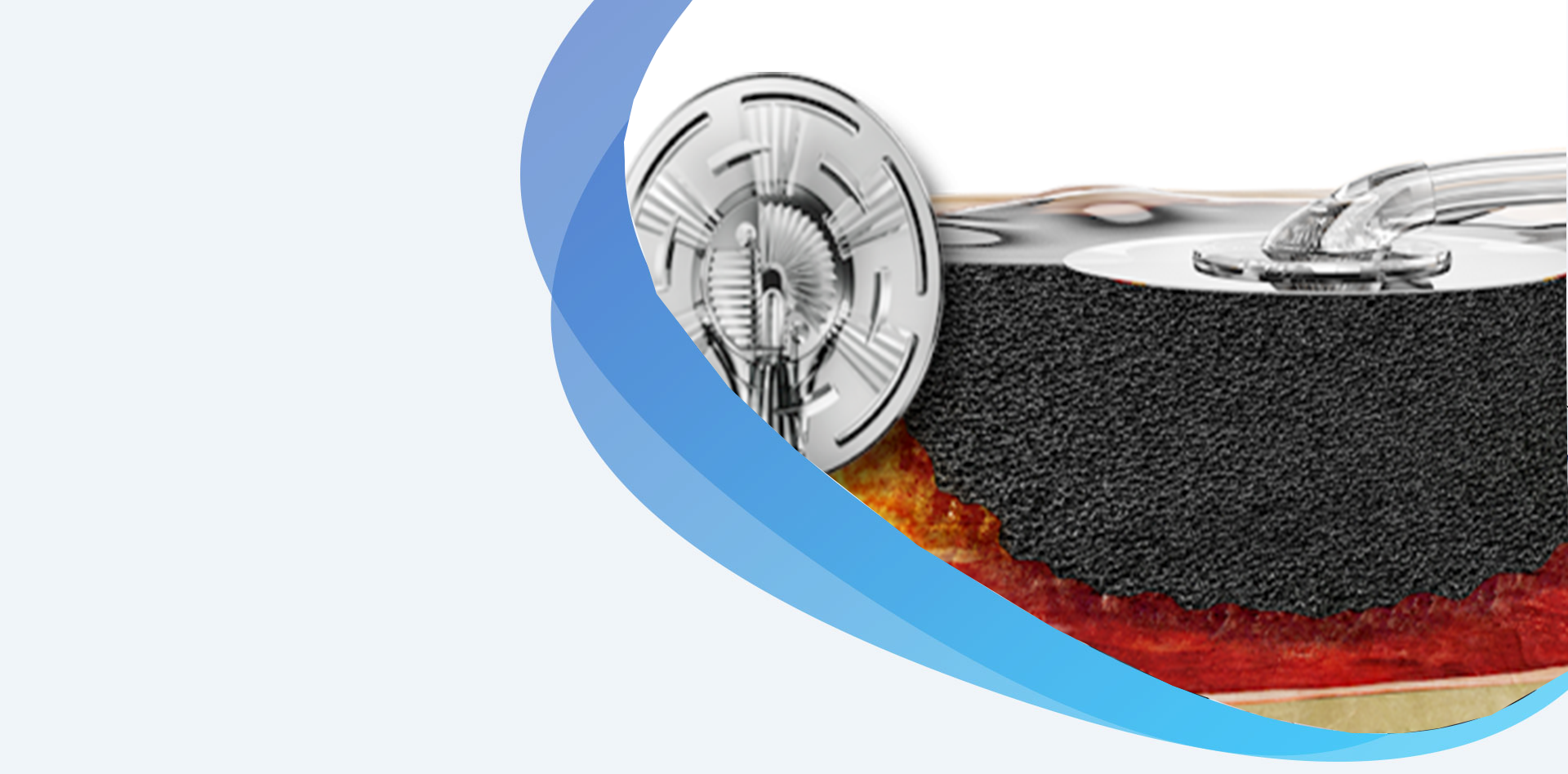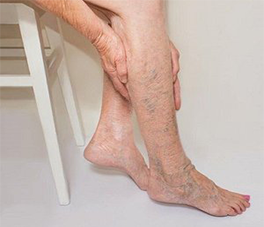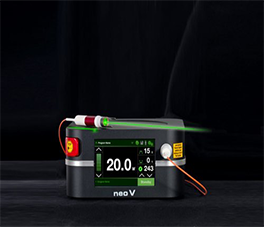Wounds-VAC


Vacuum-assisted closure of a wound is a type of therapy to help wounds heal. It’s also known as wound VAC. During the treatment, a device decreases air pressure on the wound. This can help the wound heal more quickly.
The gases in the air around us put pressure on the surface of our bodies. A wound vacuum device removes this pressure over the area of the wound. This can help a wound heal in several ways. It can gently pull fluid from the wound over time. This can reduce swelling, and may help clean the wound and remove bacteria. A wound VAC also helps pull the edges of the wound together. And it may stimulate the growth of new tissue that helps the wound close.
A wound vacuum system has several parts. A foam or gauze dressing is put directly on the wound. An adhesive film covers and seals the dressing and wound. A drainage tube leads from under the adhesive film and connects to a portable vacuum pump. This pump removes air pressure over the wound. It may does this either constantly. Or it may do it in cycles.
The dressing is changed every 24 to 72 hours. During the therapy, you’ll need to carry the portable pump everywhere you go.
You might need this therapy for a recent traumatic wound. Or you may need it for a chronic wound. This is a wound that is not healing properly over time. This can happen with wounds linked to diabetes. You may need a wound VAC if you’ve had a recent skin graft. And you may need a wound VAC for a large wound. Large wounds can take a longer time to heal.
A wound vacuum system may help your wound heal more quickly by:
Wound VAC offers some other advantages over other types of wound care. It may decrease your overall discomfort. The dressings usually need changing less often. And they may be easier to keep in place
Wound VAC has some rare risks, such as:
Proper training in dressing changes can help reduce the risk of these problems. Also, your healthcare provider will carefully evaluate you to make sure you are a good candidate for the therapy. Certain problems can increase your risk of complications, such as:
Your provider will discuss the risks that apply to you. Make sure to talk with him or her about all of your questions and concerns.

You likely won’t need to do much to get ready for wound VAC. In some cases, you may need to wait a while before having this therapy. For example, your provider may first need to treat an infection in your wound. Dead or damaged tissue may also need to be removed from your wound.
You or a caregiver may need training on how to use the wound VAC device. This is done if you will be able to have your wound vacuum therapy at home. In other cases, you may need to have your wound vacuum therapy in a healthcare facility. If you or a relative will be doing the therapy, you’ll receive training on how to use the device.
Your healthcare provider will tell you if you need to do anything else to prepare for wound VAC.

A healthcare provider will cover your wound with a foam or gauze wound dressing. An adhesive film will be put over the dressing and wound. This seals the wound. The foam connects to a drainage tube, which leads to a vacuum pump. This pump is portable. When the pump is turned on, it draws fluid through the foam and out the drainage tubing. The pump may run all the time, or it may cycle off and on. Your exact setup will depend on the specific type of wound vacuum system that you use.
You may need the dressing changed about once a day. You may need it changed more or less often depending on your wound. You or your caregiver may be trained to do this at home. Or it may be done by a visiting healthcare provider. In some cases, it may be done by a healthcare provider in a hospital or other facility. You may need to stay in a care facility if you have a large or severe wound.
Your healthcare provider may prescribe a pain medicine. This is to prevent or reduce pain during the dressing change.
Tell your provider right away if you have a fever or increased swelling or pain in your wound. Also tell him or her if there is blood or blood clots in the tubing or collection chamber of the device.
You will likely need to use the wound VAC system for several weeks or months. During the therapy, you’ll need to carry the portable pump everywhere you go. Your provider will carefully keep track of your healing.
During this time, make sure you have good nutrition and get enough rest. This is required for proper wound healing and to prevent infection. Your provider can tell you more about how to ensure your nutrition during this time.
If you smoke, ask for help so you can stop. The toxic substances in cigarette smoke (especially nicotine, carbon monoxide, and hydrogen cyanide) greatly impair your body's ability to heal the wound.

Before you agree to the test or the procedure make sure you know: